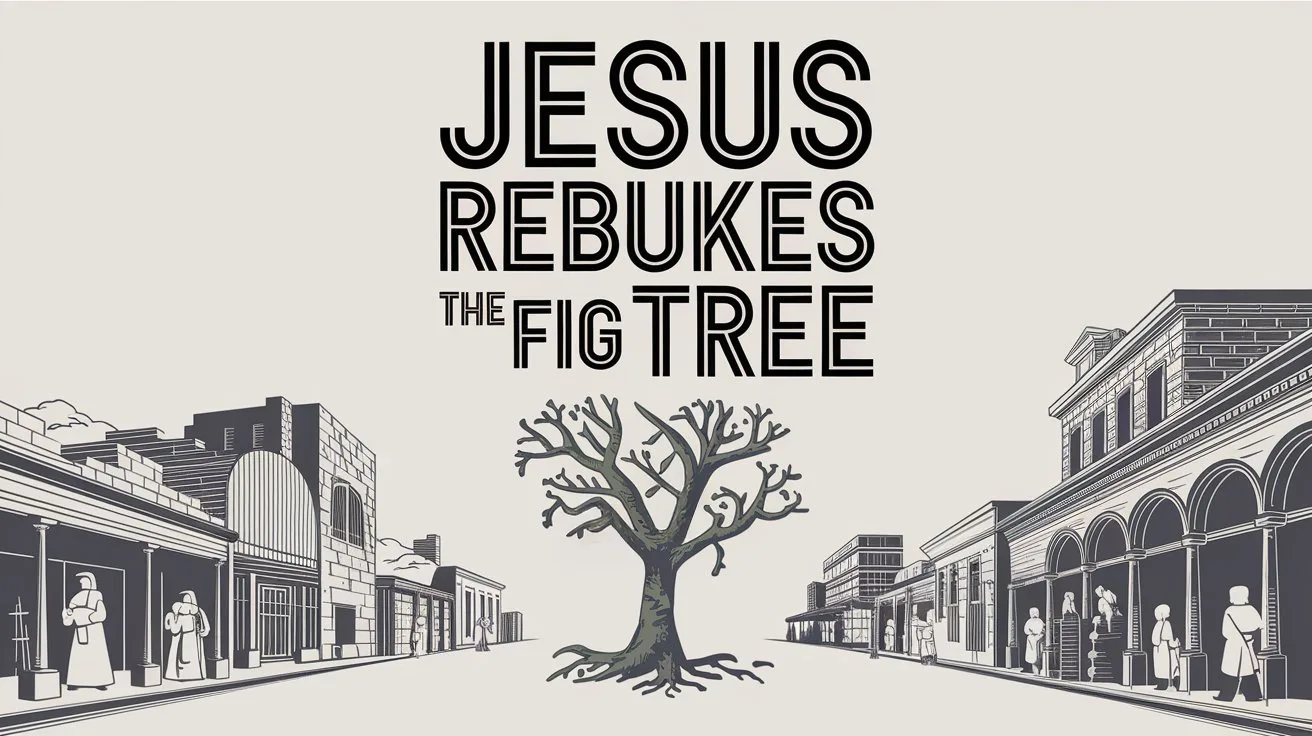Linen garments in Scripture consistently symbolize purity, righteousness, and service to God, especially in the context of priestly duties and heavenly visions.
In the Old Testament, priests were commanded to wear linen garments while serving in the tabernacle or temple. Exodus 28:39–43 details these instructions:
“You shall skillfully weave the tunic of fine linen thread… And they shall be on Aaron and his sons when they come into the tabernacle of meeting… that they do not incur iniquity and die.”
Linen was chosen because it was clean, lightweight, and breathable. It kept the priests from sweating, which was a symbol of human effort and impurity (Ezekiel 44:17–18). Their garments were to reflect holiness and the sanctity of their work.
In Leviticus 16:4, the high priest was to wear special linen garments on the Day of Atonement:
“He shall put the holy linen tunic… These are holy garments. Therefore he shall wash his body in water, and put them on.”
This pointed to the necessity of spiritual cleanliness and reverence before entering God’s presence.
In prophetic visions, linen continues to represent righteousness. In Daniel 10:5, the man clothed in linen is likely a heavenly being, standing as a messenger of God. In Revelation 19:8, describing the Bride of Christ, it says:
“And to her it was granted to be arrayed in fine linen, clean and bright, for the fine linen is the righteous acts of the saints.”
Here, linen garments represent the righteousness of believers, not their own merit, but the result of their faith and obedience.
Linen garments, therefore, consistently point to holiness, divine service, and purity. They are a visual reminder that those who serve or stand before the Lord must do so in righteousness, not self-effort, but in consecration to God.







